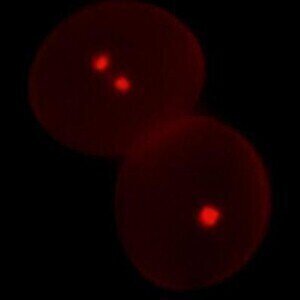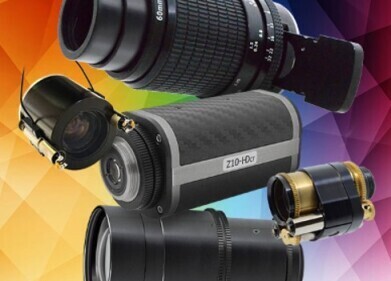Microscopy & microtechniques
Researchers investigate best microscope techniques for pollen grain study
Jun 14 2012
A paper released by scientists at the University of Illinois has taken a look into which microscope techniques can help better identify the shape and texture of pollen grains.
Publishing their findings in the PLoS ONE paper said that a number of different techniques can be used when studying pollen morphology which is, of course, important to classifying ancient vegetation.
By understanding the appearance of ancient pollen, scientists are able to better understand prehistoric flora in the context of modern-day ancestors.
To look into the question, the research team began by comparing how a number of different reflected and transmitted light microscopy techniques affected the images of individual pollen grains.
Research leader, Surangi Punyasena, said: "The accuracy and consistency of pollen analysis relies on our ability to see as much morphology as possible.
"Images like those produced by this research are the foundation of my lab's quantitative morphological work - work that we hope will allow us to break through the many taxonomic limitations of pollen identification in the very near future."
What they found may, at first, not appear to be a truly ground breaking outcome.
However, it provides the foundation for constructing techniques for finding images in future.
The team found that no reflected or transmitted light technique managed to provide a completely adequate image while reflected light techniques managed to capture pollen shape effectively but couldn't resolve fine surface textures.
Transmitted light techniques, however, are able to resolve even extremely fine textures, but give poor idea of grain shape.
The ultimate conclusion they came to when it comes to constructing an accurate image through conventional microscopy techniques is that it is best to use a combination of both transmitted and reflected light imaging.
"Most pollen analysis is currently completed using transmitted light. This paper demonstrates how much more can be seen - and consequently analysed - with alternative imaging techniques.
"This paper provides a much needed comparison of the capabilities of existing technologies that should be incorporated into mainstream pollen analysis," Punyasena added.
Digital Edition
Lab Asia Dec 2025
December 2025
Chromatography Articles- Cutting-edge sample preparation tools help laboratories to stay ahead of the curveMass Spectrometry & Spectroscopy Articles- Unlocking the complexity of metabolomics: Pushi...
View all digital editions
Events
Jan 21 2026 Tokyo, Japan
Jan 28 2026 Tokyo, Japan
Jan 29 2026 New Delhi, India
Feb 07 2026 Boston, MA, USA
Asia Pharma Expo/Asia Lab Expo
Feb 12 2026 Dhaka, Bangladesh

.jpg)
-(2).jpg)
















